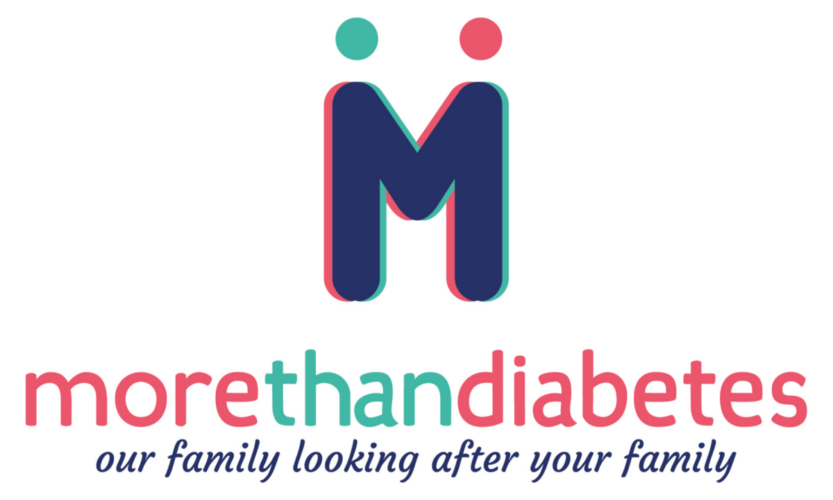Securing suitable life insurance while having diabetes can be challenging. Life insurance provides a financial cushion for your family in the event of your passing away, helping them cope emotionally and financially.
Despite misconceptions, life insurance for diabetes can be easily available and often more affordable than anticipated. However, there are potential pitfalls in the application process that may result in higher premiums.
Many people with diabetes assume life insurance may not be accessible or affordable. In reality, the process can be straightforward. In this section, we'll explore how life insurance with diabetes works and the best strategies to obtain the right cover at the right price.
When it comes to life insurance with diabetes, talking with a diabetes life insurance specialist who understands your needs and experiences can streamline the process. While obtaining life insurance with type 1 or type 2 diabetes has become more feasible, securing the right cover can still be costly if you choose the wrong insurance company.
Not all life insurance companies offer cover to people with diabetes, and premiums may vary significantly across insurers for similar cover. Your premium rates will be influenced by your current Hba1c readings and any diabetic complications you may have, such as retinopathy, neuropathy, or nephropathy.
A key strategy for reducing costs is timing your application correctly—ideally when your readings are lower, and complications are minimal.
If you have taken a life insurance policy out at a time when your readings were higher, it might be worth reviewing your cover, if you now have lower readings.
Diabetes, regardless of type, can significantly impact one's life. Here's an overview of life insurance considerations for the main diabetes types:
Type 2 diabetes:
Approximately 90% of diabetes cases are type 2.
Coverage is often available through well-known insurers, with premiums varying.
Key factors affecting premiums include BMI, Hba1c readings, diabetic complications, smoker status, treatment methods, cholesterol, and blood pressure levels.
Type 1 diabetes:
Cover is available through mainstream insurers, with premiums varying more than for other diabetes types.
Some insurers may have age restrictions or require medical evidence for applicants under 30.
Key factors affecting premiums include age, Hba1c readings, diabetic complications, smoker status, heart-related issues, and gestational diabetes.
Gestational diabetes:
Typically occurs during pregnancy due to elevated blood glucose levels.
Premiums are usually unaffected by gestational diabetes unless accompanied by other health concerns.
Pre-diabetes:
Referred to as the period before a diabetes diagnosis, where blood sugar levels are elevated but not yet diagnostic for type 2 diabetes. Premiums may be slightly higher than standard rates but lower than those for type 2 diabetes.
Latent autoimmune diabetes (LADA):
Often misdiagnosed as type 2 diabetes, LADA tends to occur later in life with symptoms similar to type 1.
Premiums are typically higher than for type 2 diabetes and may require additional medical evidence.
Life insurance payouts for diabetes:
Life insurance typically pays out a lump sum upon the policyholder's death, regardless of the cause (excluding suicide within the first 12 months).
Failure to disclose diabetes during the application process may invalidate the policy.
Cost considerations for life insurance with diabetes:
Premiums are influenced by age, health status, and coverage amount.
Individuals with diabetes or other pre-existing conditions may face higher premiums.
Shopping around and consulting with specialists can help secure competitive rates.
Understanding life insurance:
Life insurance provides a lump sum pay-out upon the policyholder's death, providing financial protection for their family.
Regular reviews of your cover are recommended, especially after significant life events.
Critical illness cover for diabetics:
Critical illness cover can offer financial security in the event of serious illness.
Availability and terms may vary, but is typically only available for Type 2 Diabetes.
Income protection for diabetics:
Income protection can provide financial support if unable to work due to illness or injury.
Diabetes-related complications can qualify for a pay-out if your unable to work, depending on the policy terms.
Available for both Type 1 and Type 2.
Tips for obtaining life insurance with diabetes:
Compare quotes from multiple providers to find the best rates.
Consider cover needs, budget, and dependents when selecting a policy.
Ensure honesty and transparency regarding medical history during the application process.
Seek guidance from specialists or advisors familiar with diabetes-related insurance.
Securing affordable life insurance with diabetes:
Lifestyle modifications, such as managing blood sugar levels, maintaining a healthy weight, quitting smoking, and monitoring blood pressure and cholesterol, can help reduce premiums.
Certain insurers offer specialised policies or waive medical exams for diabetics, potentially streamlining the application process.
Conclusion:
Ultimately, individuals with diabetes can access life insurance cover tailored to their needs and circumstances. By navigating the application process thoughtfully and seeking expert guidance, securing optimal cover at the right price is achievable.

